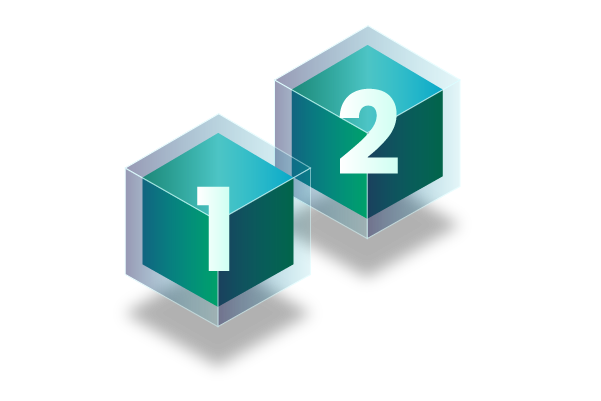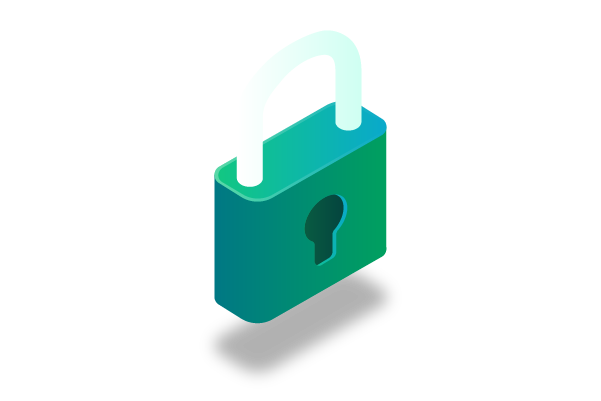In the world of blockchain, there’s an ongoing tug-of-war between Layer 1 and Layer 2. These are like the building blocks of decentralized networks, so it’s vital to grasp what sets them apart. Think of it as “Layer 1 vs Layer 2.”
Layer 1 is the bedrock, where blockchains like Bitcoin and Ethereum reside. It’s where transactions are recorded, and it’s known for its security and decentralization. However, it’s not the speediest, which is where Layer 2 comes into play. Layer 2 solutions are like the express lanes, speeding up transactions by handling them off-chain and then settling the final results on Layer 1. While Layer 1 focuses on security, Layer 2 prioritizes scalability and speed. The future of this ongoing debate lies in finding the right balance between these two layers, ensuring both security and efficiency in the ever-evolving blockchain universe.
The Fundamentals of Layer 1 vs Layer 2 Blockchains

Layer 1 vs Layer 2 are two key building blocks in the world of blockchain technology, each serving distinct roles in making blockchain systems work efficiently. Let’s break it down:
Layer 1
- Foundation of Blockchain: Layer 1 acts as the bedrock of blockchain networks like Ethereum, Bitcoin, and Dogecoin. It handles crucial tasks such as achieving consensus among network participants, validating transactions, and securely storing all the data.
- Core Functions: Layer 1 is responsible for maintaining the integrity and security of the blockchain. It ensures that all transactions are legitimate and records them in a transparent and immutable manner.
- Notable Blockchains: HeLa, Ethereum, Bitcoin, and Dogecoin are all examples of Layer 1 blockchains.
Layer 2
- Enhancing Efficiency: Layer 2 solutions are designed to build on top of Layer 1 to enhance its capabilities. They address scalability issues, improve transaction speeds, and reduce fees, making blockchain networks more practical for everyday use.
- Examples: The Lightning Network for Bitcoin and Polygon for Ethereum are notable Layer 2 solutions. Lightning Network enables faster and cheaper Bitcoin transactions, while Polygon enhances the speed and efficiency of Ethereum smart contracts.
- Layer 1 vs Layer 2: Layer 1 is like the strong foundation of a building, ensuring security and trust, while Layer 2 acts like an elevator, speeding up transactions and reducing costs to make blockchain technology more user-friendly and scalable. Together, they form a powerful ecosystem driving blockchain adoption.
In summary, Layer 1 vs Layer 2 are integral parts of blockchain technology, working hand in hand to create a secure and efficient environment for a wide range of applications.
Also Read: Layer 1: Definition and How does it work?
Interoperability and Adoption: The Layer 2 Edge

Interoperability stands out as a big puzzle piece in the world of blockchain. You see, most of these blockchain networks operate on their own, like solo players on separate stages. But here’s where Layer 2 solutions come into play – they’re like the bridges connecting these different blockchains. Think of it as the glue that sticks them together. This not only creates a more united and friendly blockchain world but also makes it easier and cheaper for everyday folks to use blockchain technology.
Now, let’s dive into the Layer 1 vs Layer 2 showdown. Layer 1 is like the foundation of a building – it’s where the main action happens, where all the important stuff gets recorded. But, it can get a bit crowded and slow when lots of people want to use it at once. That’s where Layer 2 steps in. It’s like an extra floor added to the building, easing the congestion and making things faster. So, in simple terms, Layer 1 is where it all starts, and Layer 2 is the speedy elevator that takes us to where we want to go in the blockchain world.
Security and Decentralization: The Layer 1 Advantage

Layer 1 blockchains serve as the foundational layer of the blockchain ecosystem. They come equipped with built-in security and decentralization features, making them robust and resilient. Here’s a breakdown of their key characteristics:
Layer 1
- Security Backbone: Layer 1 blockchains provide a strong security foundation. They incorporate consensus mechanisms like Proof of Work (PoW) or Proof of Stake (PoS) and employ sophisticated cryptographic methods to safeguard transactions and data.
- Decentralization Hub: Layer 1 networks boast a vast network of nodes distributed globally, ensuring that no single entity has control over the network. This decentralized nature enhances trust and censorship resistance.
On the other hand, Layer 2 solutions, while excelling in terms of speed and scalability, have a different set of attributes:
Layer 2
- Scalability and Speed: Layer 2 solutions are designed for rapid transaction processing and increased scalability, making them suitable for high-frequency use cases like micropayments or gaming.
- Dependent on Layer 1: Layer 2 relies on Layer 1 for its underlying security. It’s like building an extra layer on top of a strong foundation. While it inherits Layer 1’s security, it may have fewer nodes, potentially impacting decentralization.
In the security and decentralization debate, Layer 1 takes the spotlight for its inherent robustness, while Layer 2 shines for its efficiency and scalability enhancements. The choice between Layer 1 vs Layer 2 depends on the specific needs and trade-offs of a blockchain application.
Also Read: Things You Should Know About Hela Labs
Transaction Speed and Cost: Layer 2 Takes the Lead
In the world of blockchain, the user experience hinges a lot on how fast transactions happen and how much they cost. You see, when we talk about Layer 1 vs Layer 2 blockchains, there’s a noticeable difference in how they handle these things.
Layer 1, which is like the main stage of the blockchain, can be a bit slower and pricier because it has to thoroughly validate every single transaction. It’s like the security checkpoint at the airport, where everyone has to go through one by one. On the other hand, Layer 2 solutions were designed to tackle these challenges. They work by handling parts of the transaction away from the main blockchain, sort of like streamlining the process. This leads to quicker confirmations and lower costs for users. It’s a bit like having a fast pass at an amusement park; you get to skip the long line and enjoy the ride sooner. So, when it comes to Layer 1 vs Layer 2, it’s all about finding the right balance between security and speed, making the blockchain experience smoother and more affordable for everyone.
Conclusion
The debate between Layer 1 and Layer 2 blockchains, often referred to as Layer 1 vs Layer 2, isn’t really about which one is the ultimate winner. It’s more like understanding their unique strengths and trade-offs. You see, Layer 1 brings top-notch security and decentralization to the table, making it the go-to choice for those who prioritize these aspects. On the other hand, Layer 2 solutions step in to tackle the issues of scalability and speed, making transactions faster and cheaper. It’s like a tag team in the world of blockchain.
But wait, the blockchain world is always changing, and here come the third-generation blockchains, adding more spice to the mix. They introduce new possibilities and features that can be quite tempting. As we navigate this evolving landscape of decentralized tech, it’s crucial to keep ourselves informed and adaptable. The right choice between Layer 1 vs Layer 2 or even newer options depends on your specific needs and how the ever-shifting crypto environment shapes up. So, stay tuned and choose wisely!
Disclaimer: The information provided by HeLa Labs in this article is intended for general informational purposes and does not reflect the company’s opinion. It is not intended as investment advice or recommendations. Readers are strongly advised to conduct their own thorough research and consult with a qualified financial advisor before making any financial decisions.

Joshua Soriano
I am Joshua Soriano, a passionate writer and devoted layer 1 and crypto enthusiast. Armed with a profound grasp of cryptocurrencies, blockchain technology, and layer 1 solutions, I've carved a niche for myself in the crypto community.
- Joshua Soriano#molongui-disabled-link
- Joshua Soriano#molongui-disabled-link
- Joshua Soriano#molongui-disabled-link
- Joshua Soriano#molongui-disabled-link

